A new exhibition interrogates the spectacle of the runway show: ‘Fashion shows are image machines’
The first show at Basel’s Vitra Design Museum dedicated to fashion, ‘Catwalk: The Art of the Fashion Show’ guides us from the silent Paris salon to the raucous digital spectacle of the present day
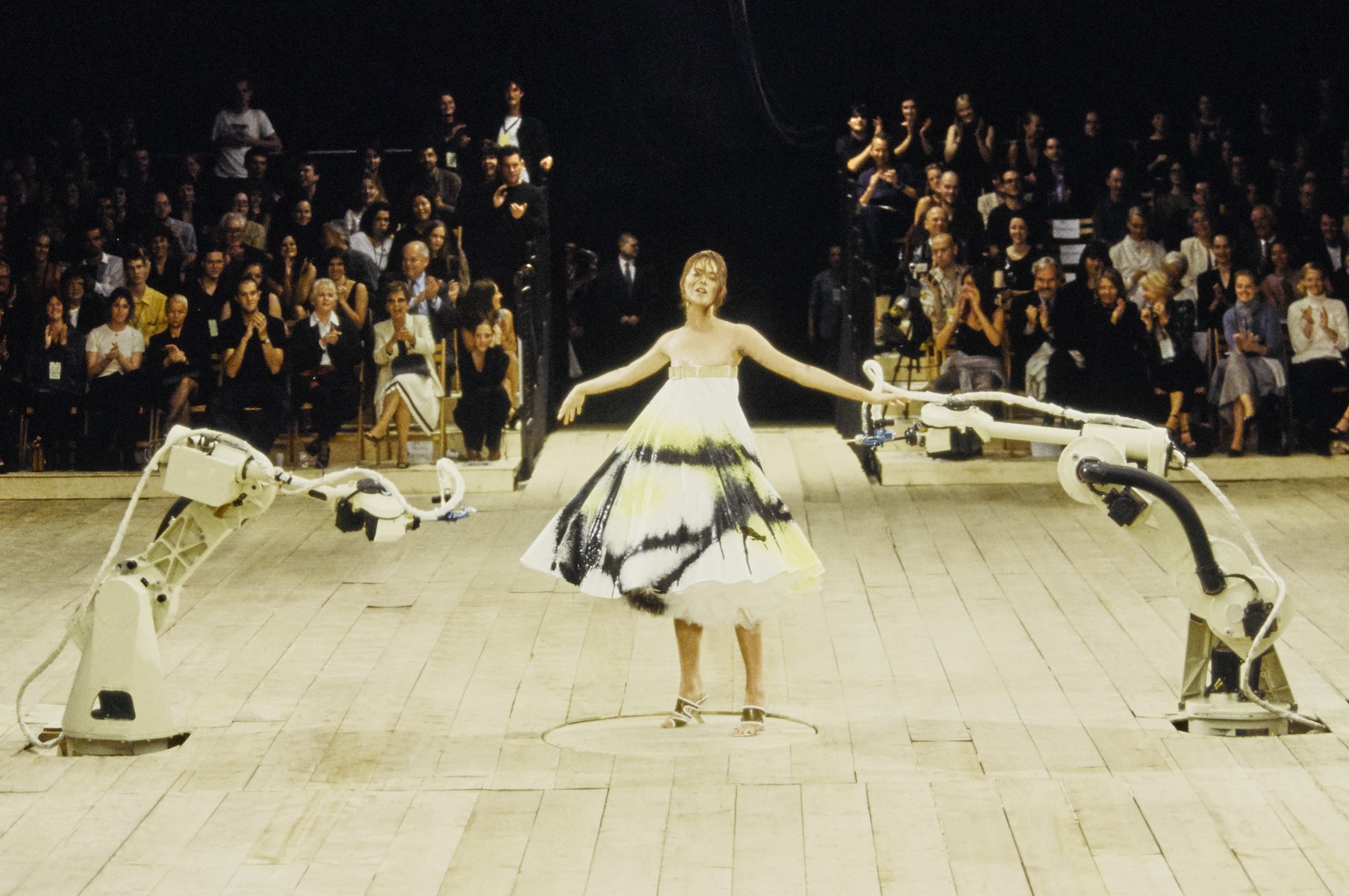
When the eminent fashion historian Caroline Evans writes about the roots of the fashion show in The Mechanical Smile (2013), she leaves us in the year of the Great Crash. By 1930, she suggests, all the conventions were set: ‘Some men and women come into a room, they walk up and down and they exit. Other men and women look at them. This goes on for decades…’ A newly opened exhibition at Vitra Design Museum titled ‘Catwalk: The Art of the Fashion Show’ guides us from the silent Paris salon right up to the raucous digital spectacle of the present day, offering a view of both permanence and permutation.
Curated by Jochen Eisenbrand and Katharina Krawczyk with Kirsty Hassard and Svetlana Panova of V&A Dundee, ‘Catwalk’ is the first exhibition the museum has ever dedicated to fashion. It opens with the birth of the show around 1900. Photographs, illustrations, films, objects and printed matter reveal the way designers communicated their collections up until the Second World War. A Pathé reel from 1928 offers a glimpse into the vista of the House of Worth: models walk through a succession of doorways inside a hôtel particulier, swinging open their coats for seated, chatting clients. By 1967, a gaggle of jiving models are showing off Mary Quant’s latest designs inside a happening Hamburg art gallery. Nearby, William Klein’s fantastic 1966 parody of a Paris fashion show set inside a sculpted building by André Bloc is blown up on the wall.
‘Catwalk: The Art of the Fashion Show’ at Vitra Design Museum, Basel
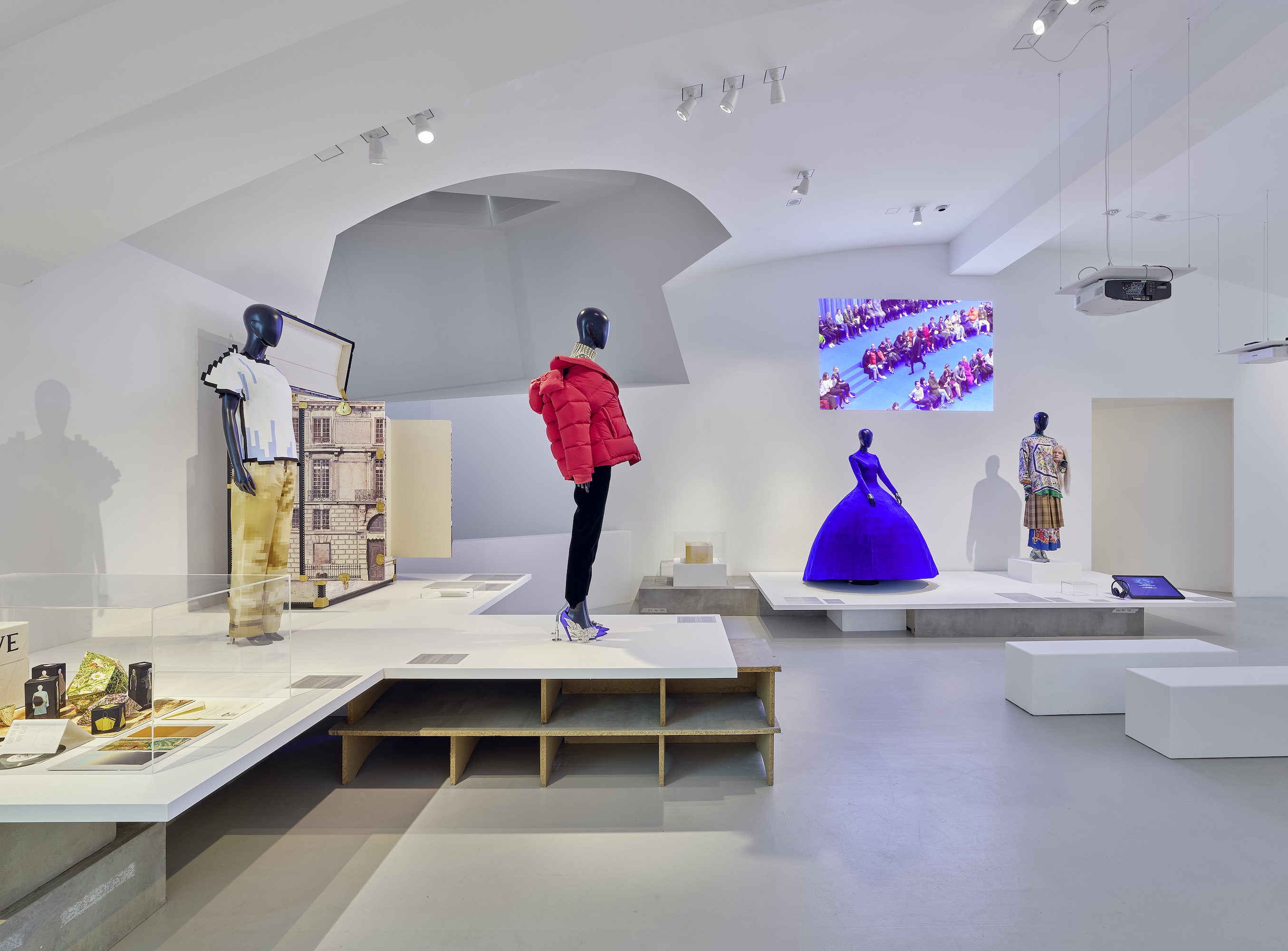
‘Catwalk: The Art of the Fashion Show’ at Vitra Design Museum, Basel, which explores the history of the fashion show from its beginnings to present day
Since the rise of prêt-à-porter in the 1960s, fashion – and all that surrounds it – became defined as a kind of entertainment. ‘Fashion shows are image machines,’ Eisenbrand says. ‘They are important because of the images that they create.’
A section of the exhibition focuses on a predilection for shows on a colossal scale. Spectacles from the early 2000s circulate online today, mediated by a generation of digital archivists captivated by the glittering kinship between art and commerce. Karl Lagerfeld was fearless in this. Throughout his 36-year tenure at Chanel, he tickled at the edges between trade show, pop performance and camp theatre. For A/W 2014, he staged Chanel’s ready-to-wear show inside a giant makeshift supermarket filled with Chanel-branded fabric conditioner, milk and bread. Models vaulted down the aisles filling leather and chain baskets with branded goods. A perfectly rendered architectural model of the scenography – with its miniature checkout tills, gondolas and tiny hams – has been loaned by the Chanel archives and is on display for the very first time.
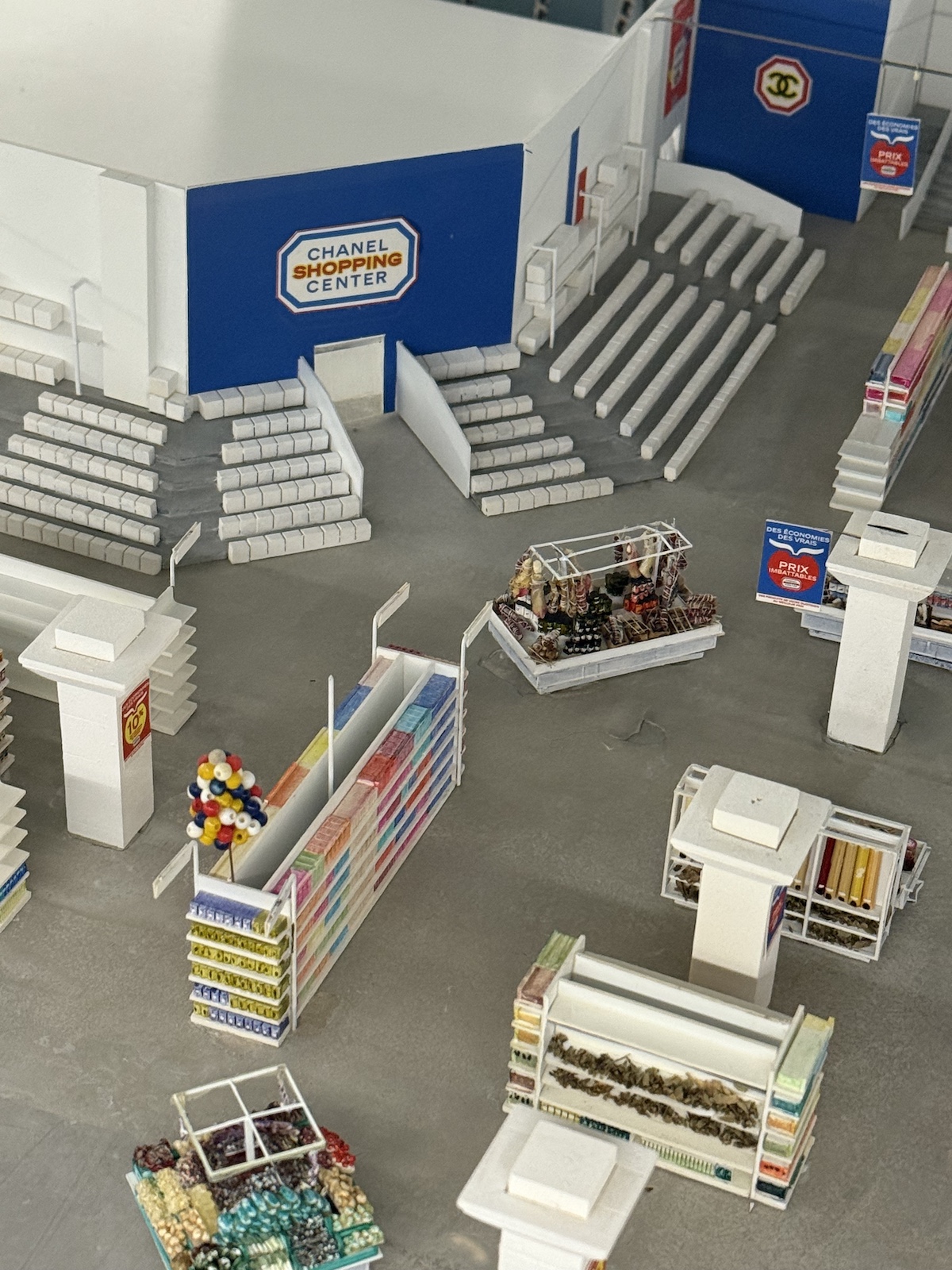
A miniature model of Chanel’s A/W 2014 runway show, which saw the Grand Palais transformed into a Chanel-branded supermarket
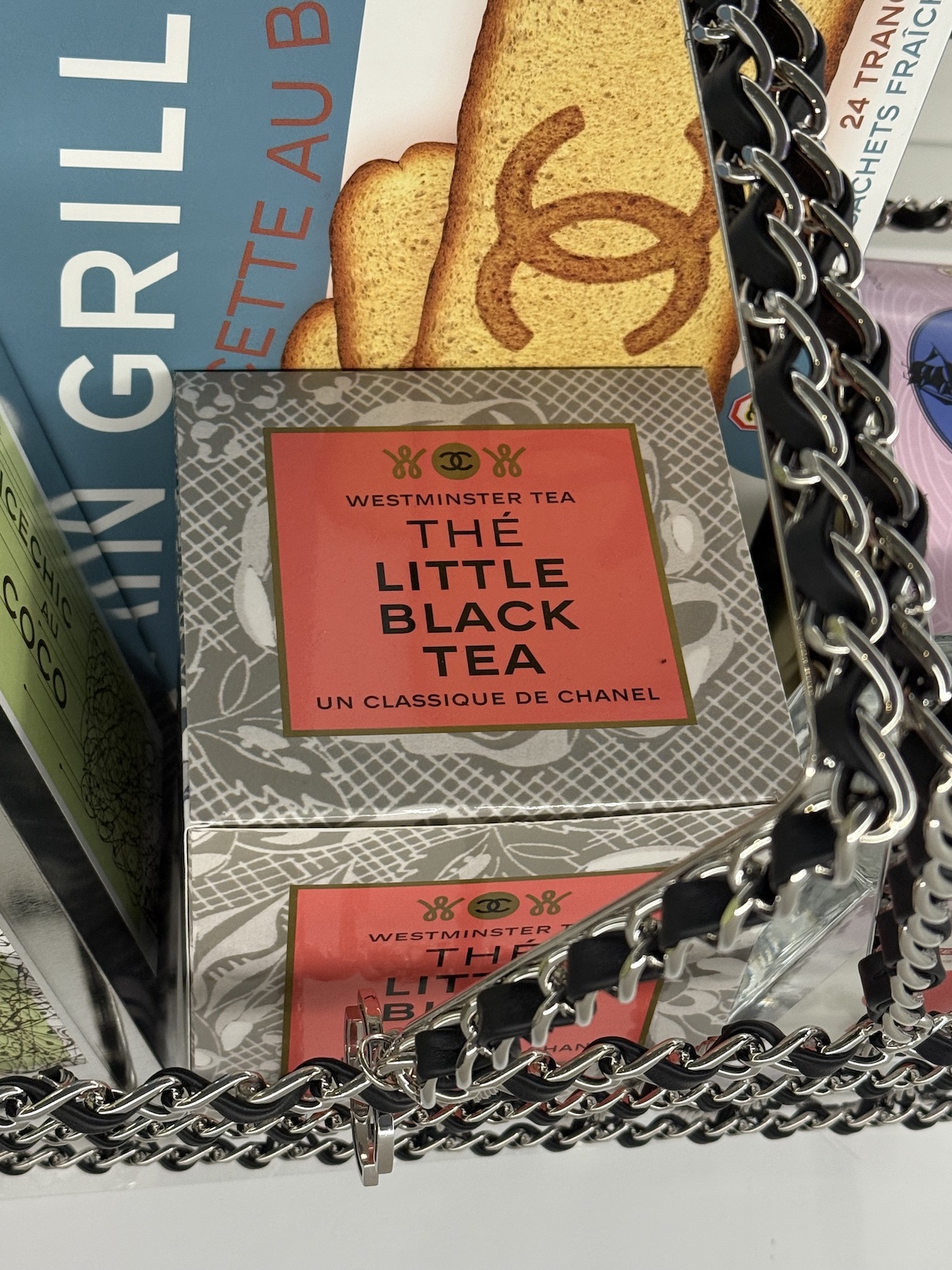
Some of the Chanel-branded products which appeared in the A/W 2014 show, as featured in the exhibition
Co-curator Krawczyk says that ‘Catwalk’ is based on the idea that the fashion show is a multi-disciplinary design concept. As a student living in Paris in the early 2000s she snuck into Alexander McQueen’s S/S 2005 show, which was staged as a giant game of chess. ‘Oh my god, I will not forget that. I got in at the last second after I followed somebody who had an invitation, I was like, “I'm his assistant!” You can see me in the video, sitting on the floor in the first row, super happy with my little camera,’ she says. ‘It was amazing because the show was super simple in the beginning, and with McQueen the finales were always the thing. The models started to walk and then line up in rows. Then all of a sudden, they stopped and started to move as if they were chess pieces playing a game. Everybody got goosebumps. You didn’t know where the drama was going.’
‘Fashion shows are image machines. They are important because of the images that they create.’
Jochen Eisenbrand, co-curator
A growing interest in looking beyond the fashion image and exploring the ephemera, magazines, brochures, invitations and flyers is also a red thread in the exhibition. It looks around the clothes. ‘My early memories of fashion have something to do with Cindy Crawford, I’m sure,’ says Eisenbrand. ‘The 1990s was when fashion went into pop culture and even though I was not a passionate follower, my first “show” might have been MTV’s House of Style. It may have also been George Michael’s music video for Freedom. I never followed the shows, but they came through to me on this mediated level.’
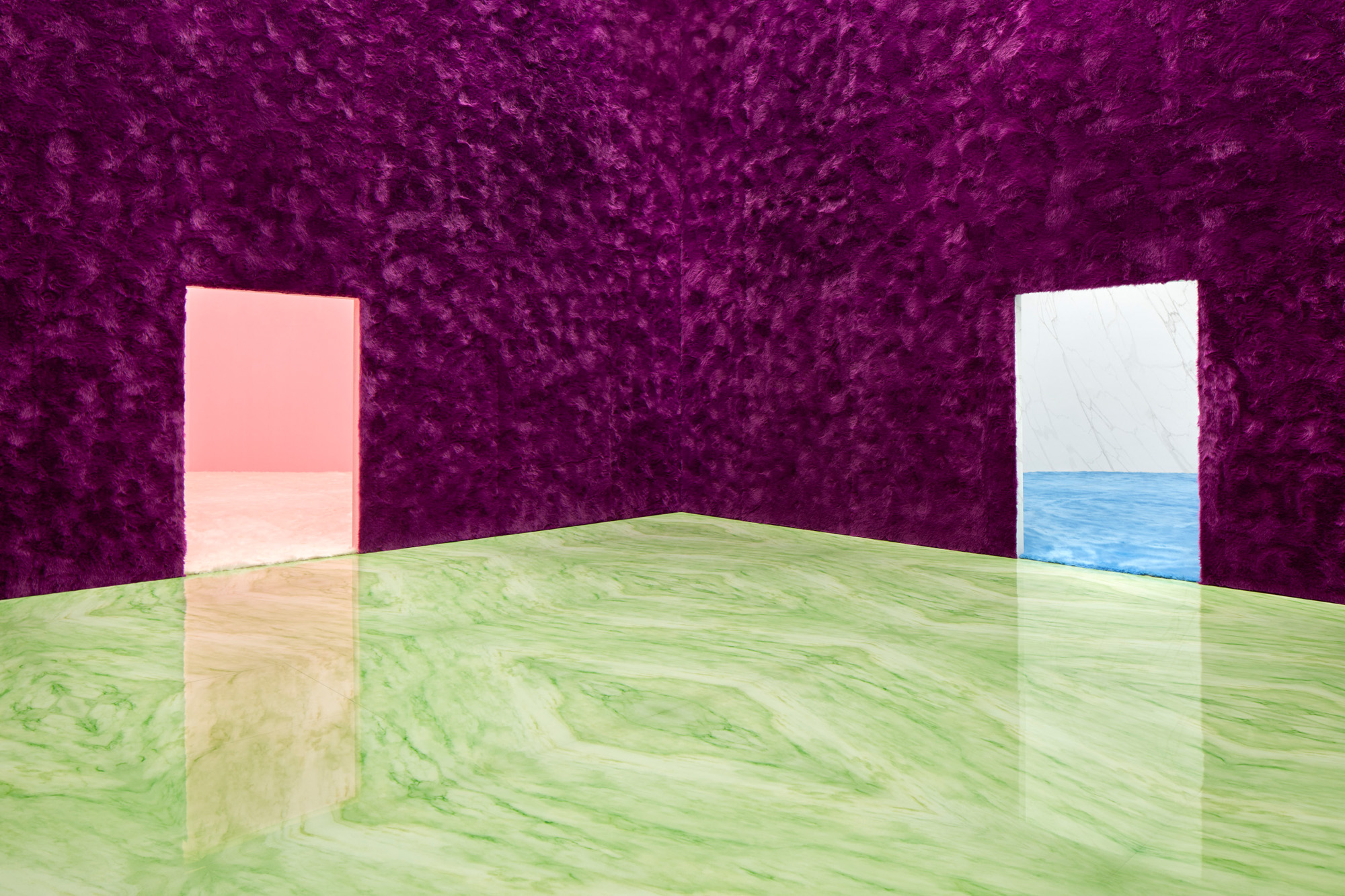
The show set for Prada’s A/W 2021 runway show, which was live-streamed online due to the pandemic
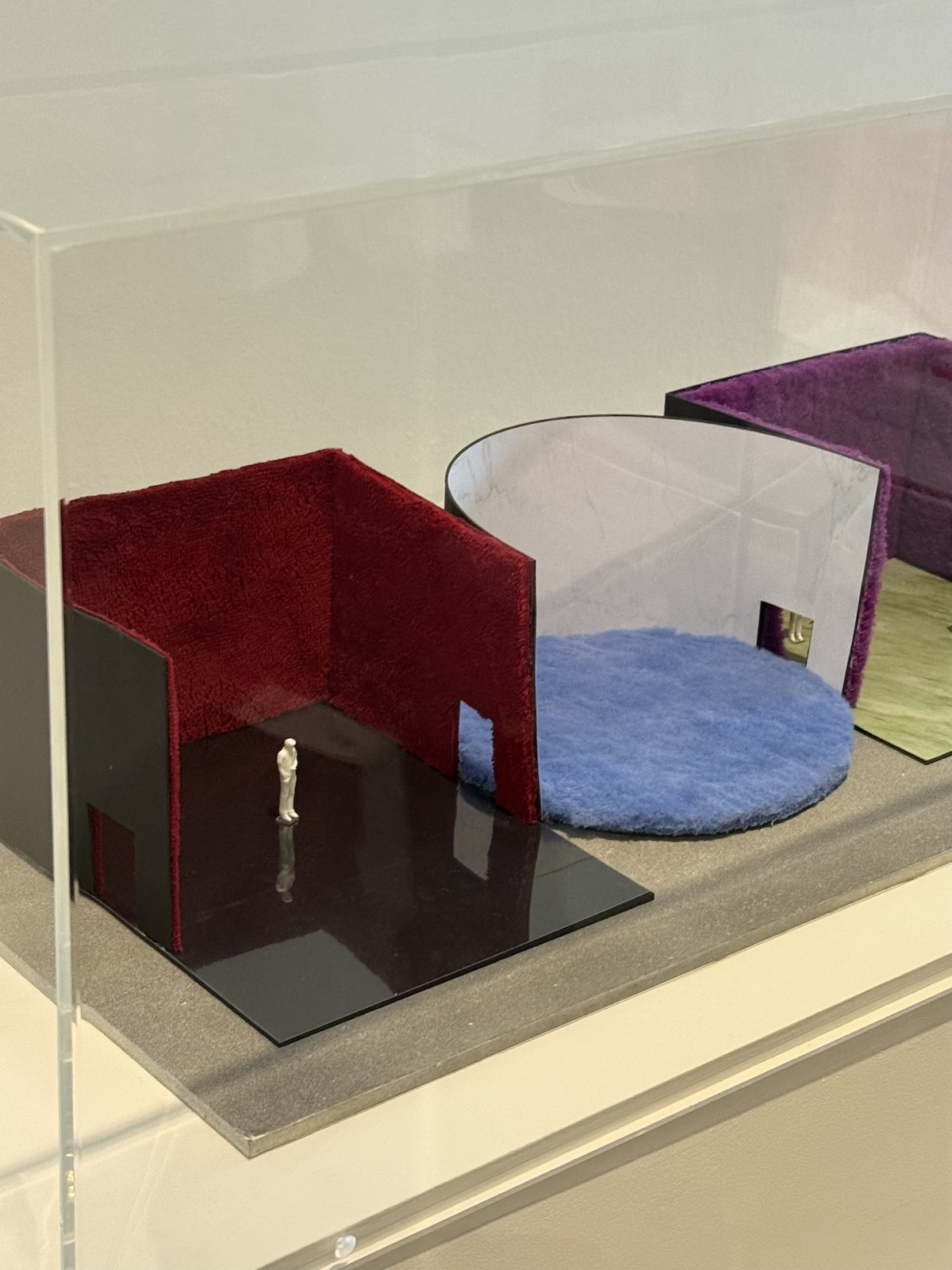
A model created by OMA of the above show, as featured in the exhibition
The curators all agreed that the final room needed to reflect on the last five years. During the pandemic many hoped that the industry might change the seasonal ritual of in person fashion weeks for good, yet it was business as usual once the restrictions were lifted. The ceremonial 10-minute feast of models walking up and down underneath the bright lights proved all too seductive to forgo altogether. A number of architectural models produced by OMA for Prada over their 25-year collaboration are on display too. For A/W 2021 they created a show-set made up of textured rooms which was live streamed online. ‘It was sensual, even though the viewers could not be present,’ Eisenbrand says.
Receive our daily digest of inspiration, escapism and design stories from around the world direct to your inbox.
The conventions of the fashion show, how they operate and what they might feel like to anyone watching hasn’t changed, but the breadth of their audiences has. They now attract people that are drawn to them as events in themselves, people interested in a brief moment in the stories they see played out on the stage.
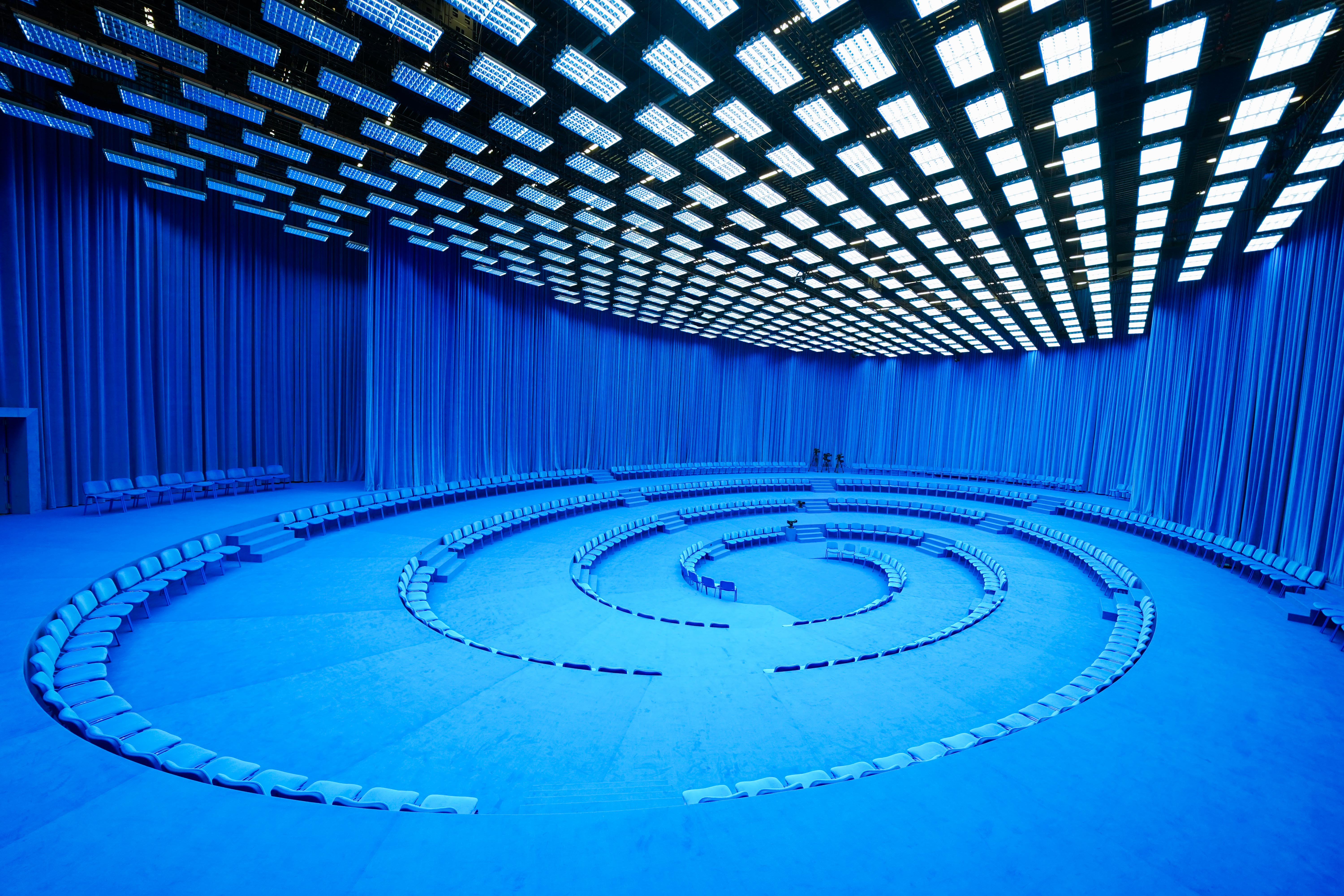
Balenciaga’s S/S 2020 show set, one of Demna’s transformative sets during his tenure at the Parisian house
Projected onto the wall is the model Shalom Harlow sprayed in a jet of black and yellow paint by two curious machines at McQueen’s S/S 1999 show. It still commands – and demands – our attention. More recently Demna’s partnership with the Berlin-based architecture office Sub for Balenciaga has contributed a number of staggeringly affecting shows to the canon of the 21st century – hundreds of images and minutes of film as layered and as rich as any other theatrical medium. ‘I think it needs to be this today because through these kinds of shows, we learn so much about where we are in society,’ Krawczyk concludes. ‘A jacket doesn't need a fashion show, but the show offers another layer of the story.’
Catwalk: The Art of the Fashion Show at Vitra Design Museum, 18 October 2025 – 15 February 2026 and opening at V&A Dundee 3 April – 17 January 2027.
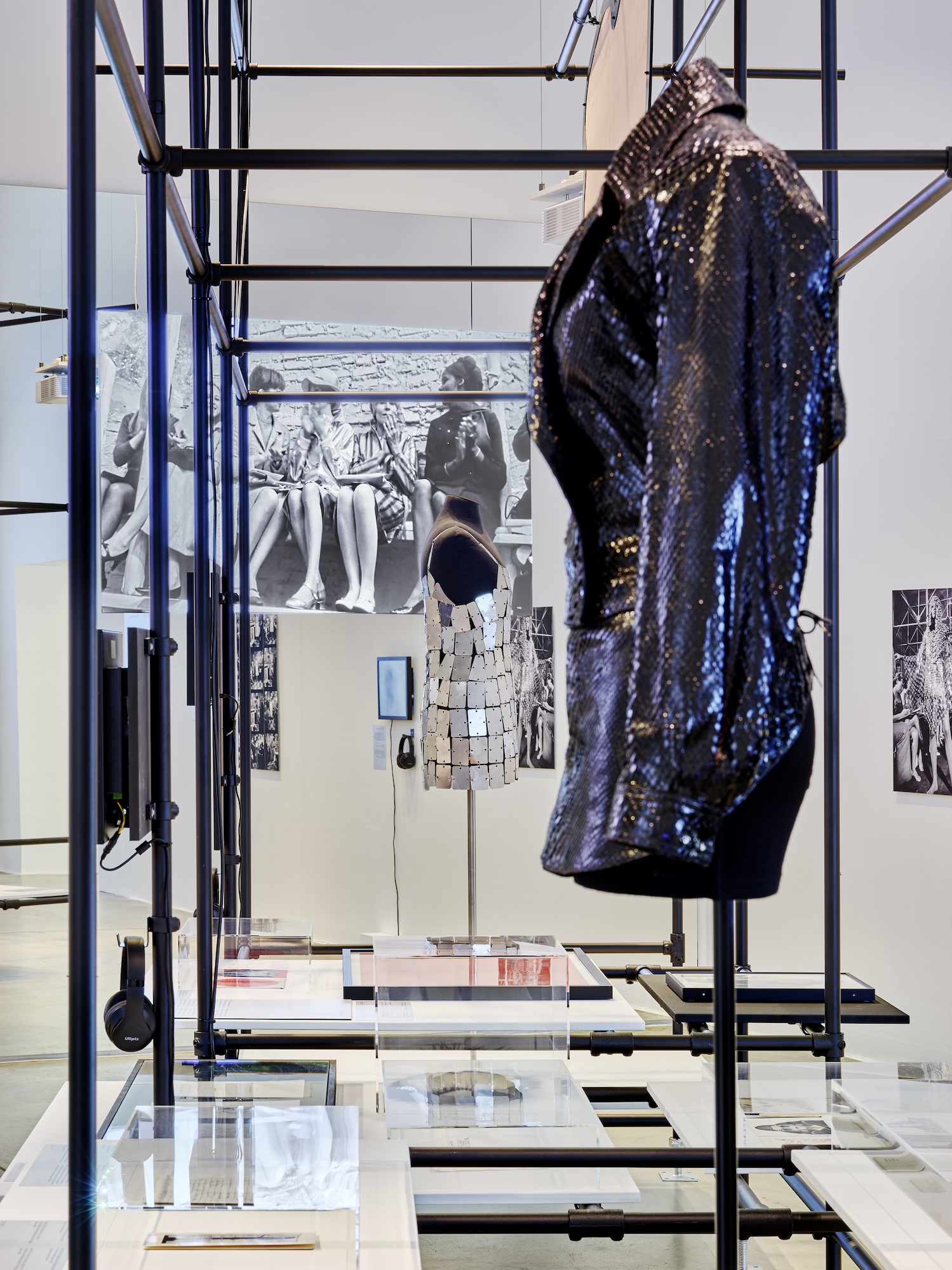
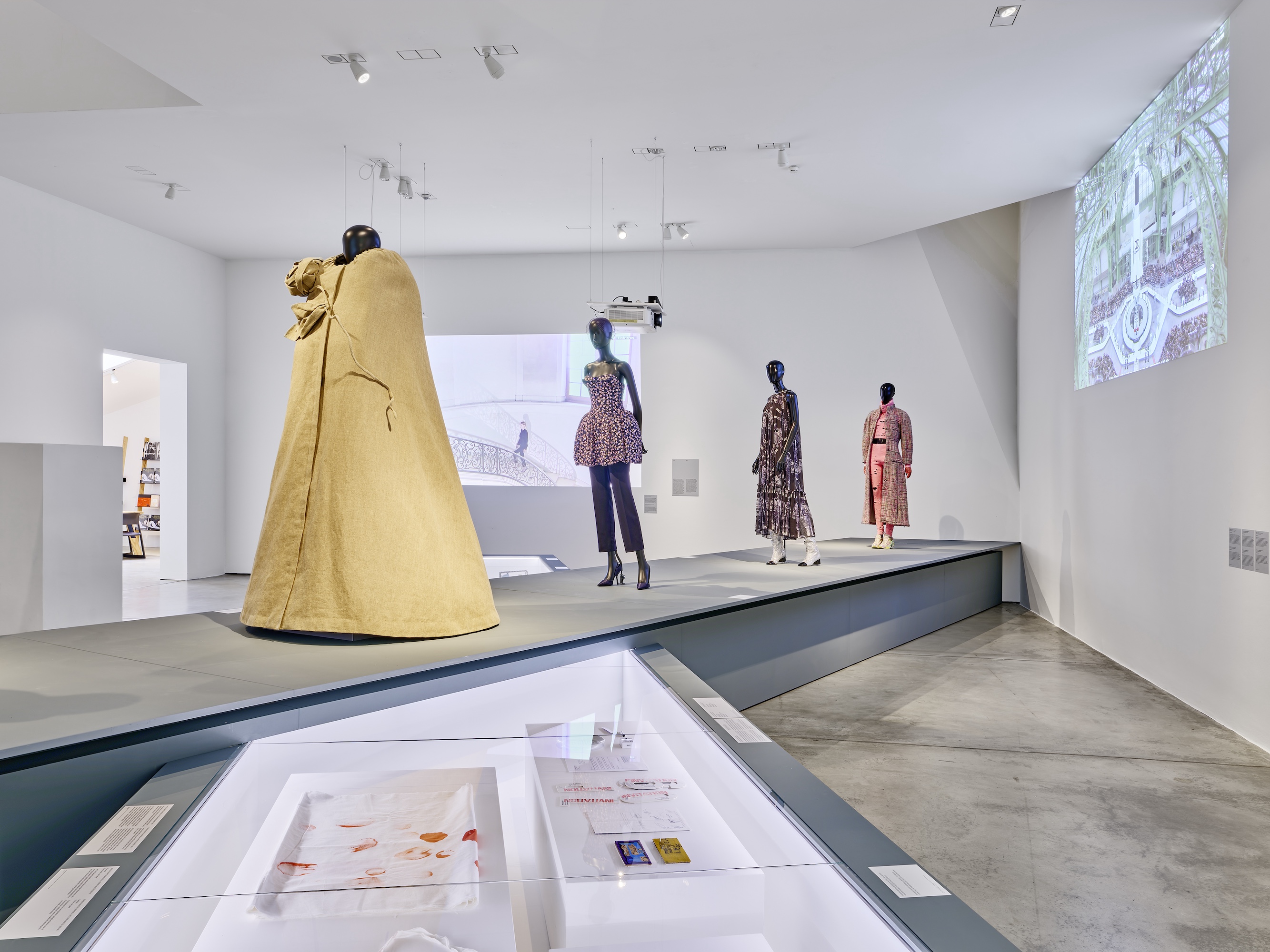
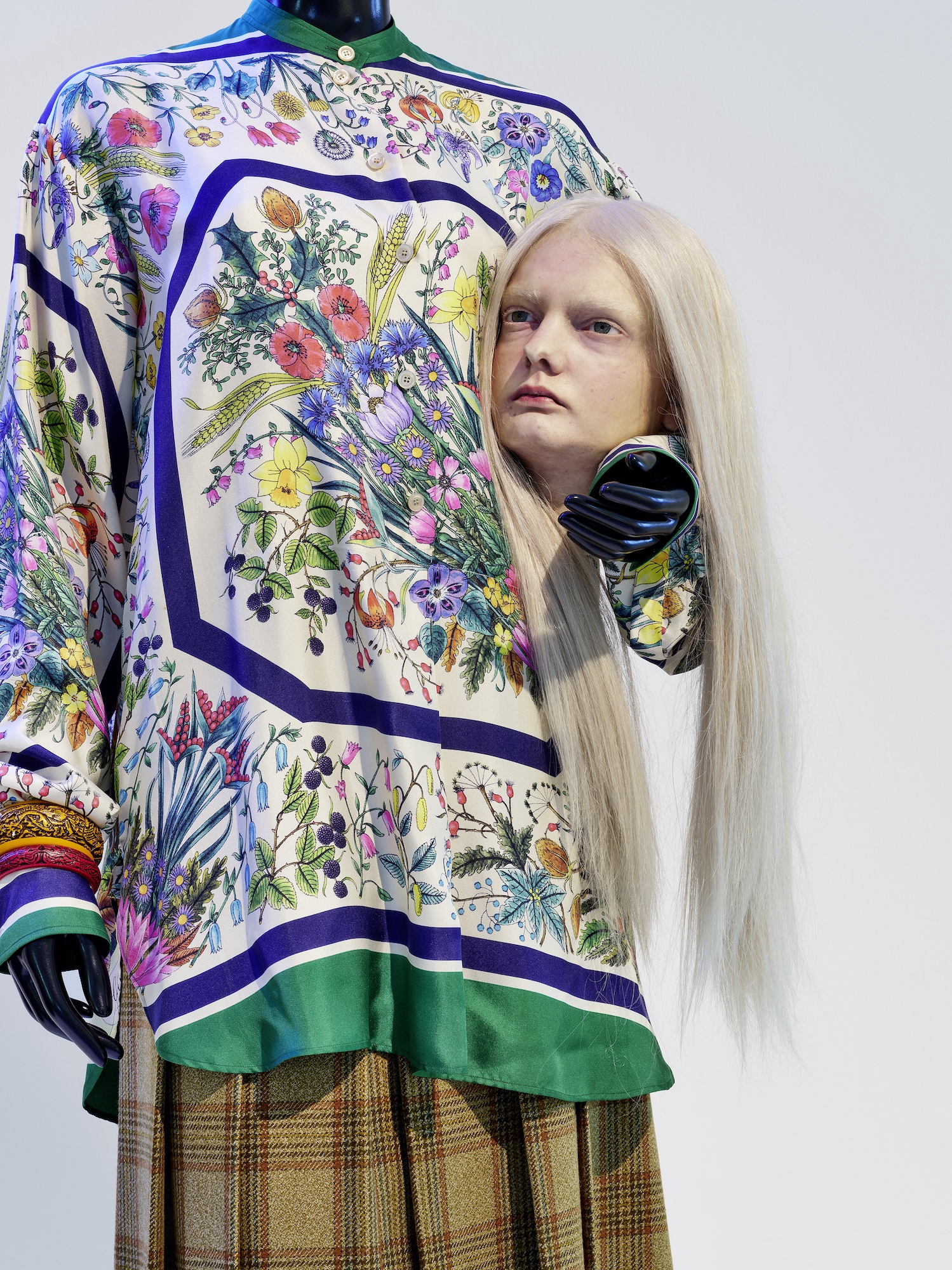
London based writer Dal Chodha is editor-in-chief of Archivist Addendum — a publishing project that explores the gap between fashion editorial and academe. He writes for various international titles and journals on fashion, art and culture and is a contributing editor at Wallpaper*. Chodha has been working in academic institutions for more than a decade and is Stage 1 Leader of the BA Fashion Communication and Promotion course at Central Saint Martins. In 2020 he published his first book SHOW NOTES, an original hybrid of journalism, poetry and provocation.
-
 Lexus finally confirms the name of its all-electric LFA Concept supercar
Lexus finally confirms the name of its all-electric LFA Concept supercarStill designated a design study, the Lexus LFA Concept should be the successor to the most unlikely of all 20th-century supercars
-
 King of cashmere Brunello Cucinelli on his new biographical docu-drama: ‘This is my testimony’
King of cashmere Brunello Cucinelli on his new biographical docu-drama: ‘This is my testimony’Directed by Cinema Paradiso’s Giuseppe Tornatore, ‘Brunello: the Gracious Visionary’ premiered in cinematic fashion at Rome’s Cinecittà studios last night, charting the meteoric rise of the deep-thinking Italian designer
-
 Out of office: The Wallpaper* editors’ picks of the week
Out of office: The Wallpaper* editors’ picks of the weekIt’s wet, windy and wintry and, this week, the Wallpaper* team craved moments of escape. We found it in memories of the Mediterranean, flavours of Mexico, and immersions in the worlds of music and art